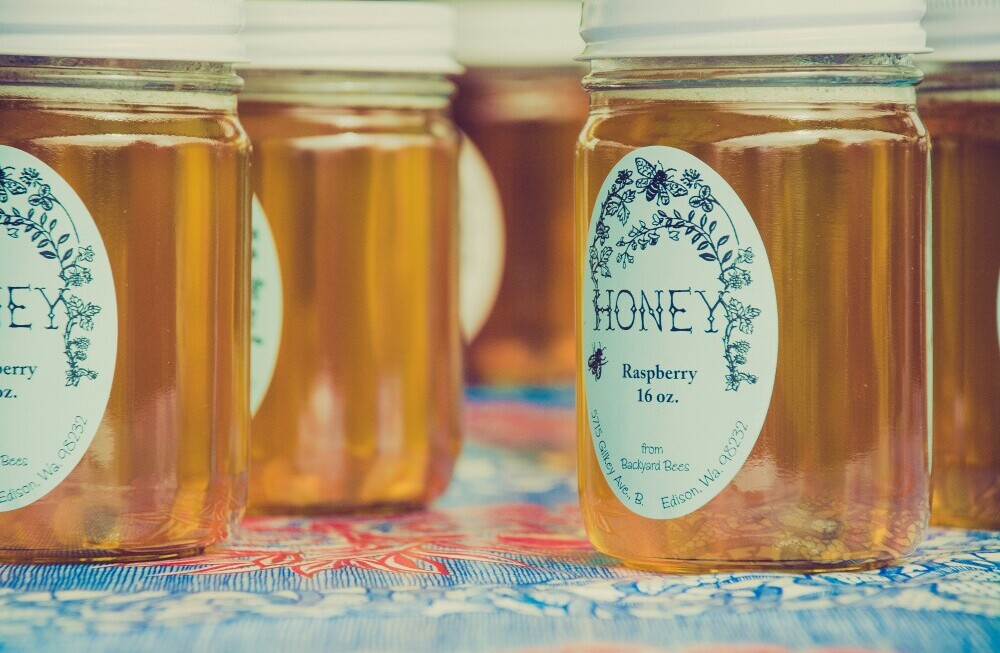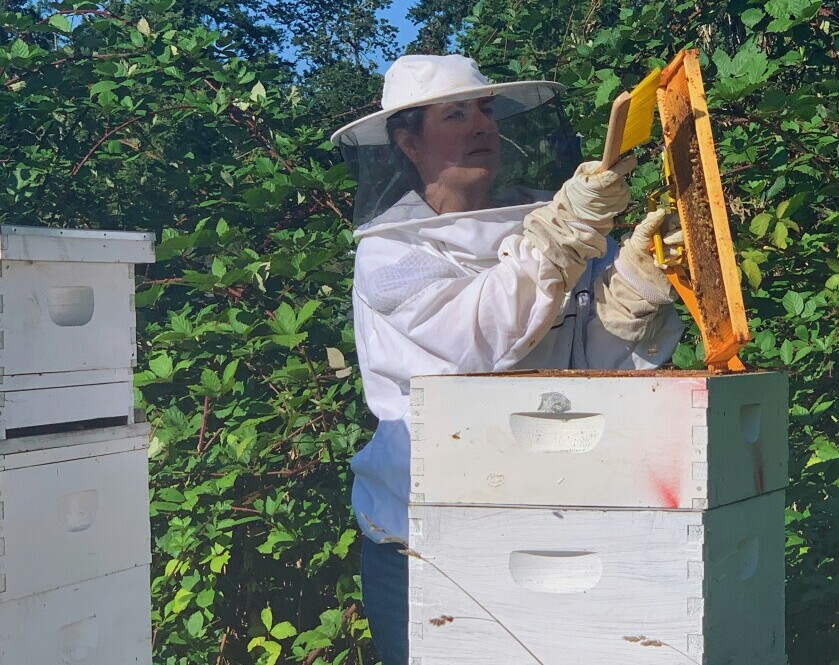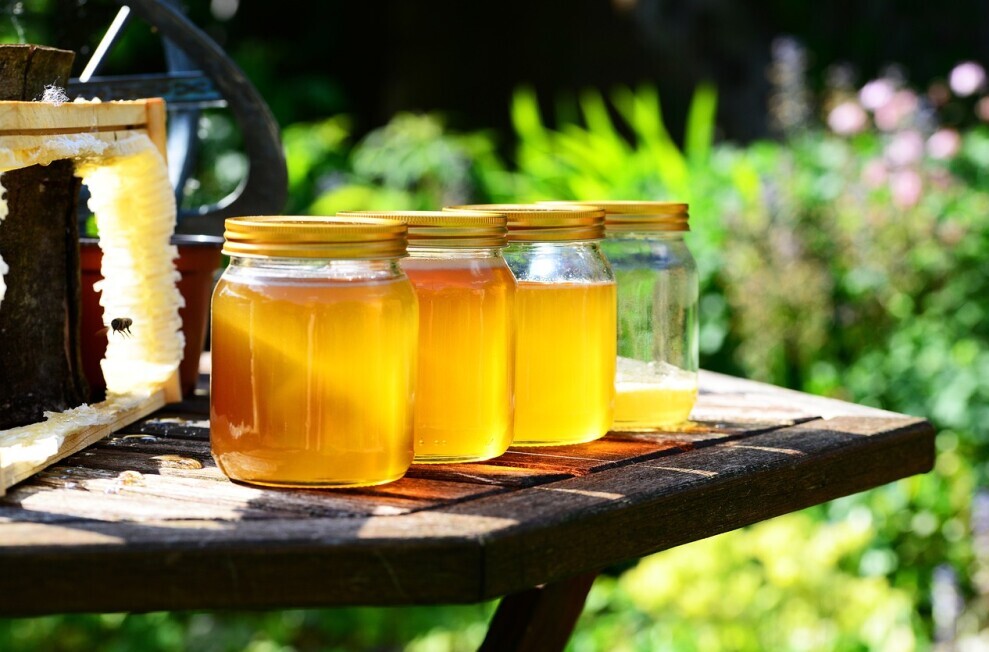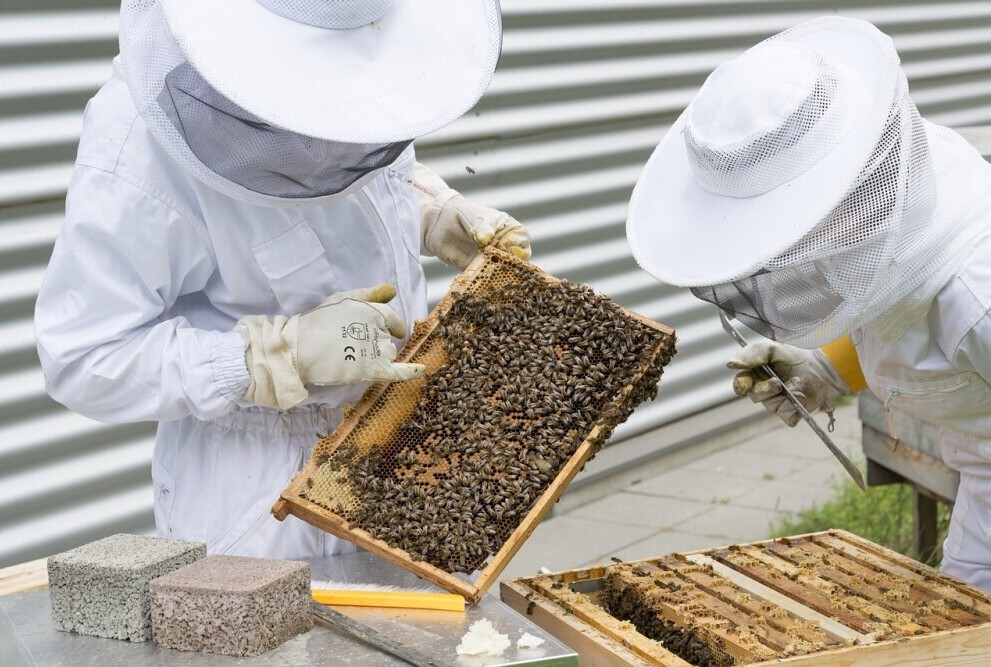Beekeeping’s popularity is soaring lately, and it’s not just about the honey. People are getting into it for all sorts of reasons, from helping the environment to picking up a rewarding hobby. Nothing quite beats the feeling of nurturing a hive and watching the bees do their magic. Unless you count the adrenaline rush of dodging a bee that didn’t get the memo about your good intentions!
When you start out in beekeeping, choosing the right hive is one of the first steps. The hive is basically their home, so it’s kind of a big deal! It’s where the bees raise their young, store their honey, and hang out. In recent times, beginners have particularly weighed their options between Flow Hives and traditional hives, each offering a unique experience.
Flow Hives bring a bit of tech into beekeeping. Inventors Stuart and Cedar Anderson aimed to make honey harvesting easier. Imagine turning a tap and watching honey pour out— that’s the dream. Flow Hives take the complexity out of honey extraction, which is why many newbies are drawn to this modern marvel.
On the flip side, traditional hives have stood the test of time, rooted in centuries of craftsmanship and practice. Some folks find real satisfaction in mastering the art of managing these hives. As a starter, it’s crucial to know what each style offers, so you can jump in with eyes wide open.
Unveiling the Flow Hive: A Modern Approach
Flow Hives are like the tech-savvy cousin at the family reunion, always showing off their fancy gadgets while the rest of us are still using smoke signals. Developed by father-son duo Stuart and Cedar Anderson, these hives promise a whole new beekeeping experience, especially for beginners. The standout feature here is the honey harvesting method. Imagine turning a tap and seeing honey flow out with minimal disruption to the bees. That’s what makes these hives so appealing.

For newcomers, time and simplicity are often huge factors. Flow Hives really shine in that department. Traditional methods require more steps and equipment for honey extraction. But with a Flow Hive, you just crack open the frame and the honey flows straight out. This makes it less intimidating for someone just starting their beekeeping journey.
Aside from easy extraction, Flow Hives offer another big plus: they keep the bees calmer during harvest time. Less interference means happier bees, which is always a good thing. Beginners often worry about making mistakes that could upset the hive, so having a method that reduces stress can be super reassuring.
Of course, it’s not just about the ease of use. Using a Flow Hive also feels a bit like tapping into the future of beekeeping. It’s a blend of modern technology with age-old beekeeping, offering a step into a different kind of hands-on experience without getting too old-school, too fast.
Nostalgia or Necessity? Traditional Hives Explained
Traditional hives are like old friends—they’ve been around forever, proven their worth, and don’t need fancy upgrades to keep the buzz alive. Their history is rich, with methods evolving over centuries.
Whether talking about the classic Langstroth or the charming top-bar hive, each has its roots deep in beekeeping lore.

When it comes to how these work, it’s a bit more hands-on compared to Flow Hives. All hives need regular inspections. This means opening up the hive, conducting checks, and doing it all manually. It can be a steep learning curve but it builds a strong bond between the beekeeper and the bees.
For beginners, traditional hives offer a chance to get really up close and personal with the inner workings of a colony. There’s something truly rewarding about pulling out a frame, watching the bees at work, and understanding the complete lifecycle happening right before your eyes.
The benefits aren’t just about getting your hands dirty though. Managing a traditional hive teaches patience and finesse. And once you get the hang of it, honey extraction can feel like a ceremonial task. It’s an experience that gives a whole different appreciation for the craft of beekeeping.
For those who love a bit of history, or enjoy diving deep into their hobbies, these hives are a solid pick. There’s a sense of community and tradition here, where methods and tips get passed down over generations. It’s like inheriting a family recipe, but instead of cookies, you get bees!
Comparative Analysis: Flow Hive Vs. Traditional Hive
Choosing between a Flow Hive and a traditional hive can feel like picking between two awesome ice cream flavors—each has its perks! Let’s break it down, so you get a clearer picture.
Cost is a biggie. Flow Hives often come with a heftier price tag upfront because of the technology involved. But some beginners don’t mind the splurge for convenience. Traditional hives, on the other hand, tend to be more budget-friendly, especially when DIYing or sourcing second-hand parts.
When it comes to honey harvesting, Flow Hives bring in the wow factor with their turn-of-the-tap feature. This streamlined process suits folks who might find the traditional extraction a bit much. Traditional hives require a few more steps, but for many, that’s where the joy and deep learning happen.

Maintenance is another angle to consider. Flow Hives keep the honey extraction minimal, making them attractive for those with busy lives. Traditional hives, while needing more attention, let you develop skills and intuition about hive conditions much faster.
Each hive type has its learning curves and advantages, so weighing what’s important to you helps point in the right direction.
Beginner’s Considerations: Choosing the Right Hive
Deciding on the right hive isn’t just about the hive itself, but aligning it with your lifestyle, budget, and what you hope to get out of beekeeping. It’s like picking the right pair of shoes—you want something that fits well for where you’re going.
Think about how much time you’re ready to dedicate. Flow Hives usually demand less attention when it comes to honey extraction, but keep in mind, you’ll still want to manage those pesky varroa mites. Traditional hives can feel like a bit of a commitment when it comes to extracting honey.
Climate is another big factor. Some hive designs adapt better to particular environments. It’s worth doing a bit of research or asking around in local beekeeping groups to see what folks in your area prefer. They might have insights on how different hives perform under local conditions.

Connect with local clubs or find a mentor. Experienced beekeepers are often thrilled to share their knowledge and show newcomers the ropes. Whether you’re leaning toward a Flow Hive or a traditional setup, hearing real-world experiences can be a game-changer.
Final Thoughts: Sweetening the Beekeeping Experience
Starting out with beekeeping is not just a hobby—it’s an adventure filled with unique rewards and challenges. No matter whether you start with a Flow Hive or a traditional one, each journey takes on its own character.
Consider the stories of those who took the plunge, learning the ins and outs, and eventually weaving their own tales of success and discovery. There’s a rich community out there, each beekeeper bringing a touch of their own personality and passion to the craft.

Mixing modern elements of Flow Hives with the classic charm of traditional hives can create a personalized beekeeping experience that’s just right for you. The key is finding what blends well with your goals and lifestyle while prioritizing the health of your bees.
Discovering the right balance between innovation and tradition enhances your relationship with your hives. It’s all about tuning into nature and learning something new along the way.
So as you set off on your beekeeping path, embrace that learning curve, build those connections, and enjoy every step of the journey. Beekeeping is yours to explore, it’s time to dive in and let the bees write the first chapter!

2 comments on “Flow Hives Vs. Traditional Hives For Beginners”
Bob Lynch
December 19, 2024 at 5:19 amYour article comparing flow hives and traditional hives for beginners was such an engaging read! I really appreciated how you broke down the pros and cons of each option—it made the decision-making process feel a lot less intimidating for someone new to beekeeping like me. The way you explained the maintenance differences and honey extraction methods was especially helpful. I’m curious, though: do you think one hive type is better for someone with limited space or time? Your insights really got me thinking about how I’d approach setting up my own hive. Great job making such a technical topic so accessible and fun!
Randi
January 6, 2025 at 3:47 amThanks so much for your kind words! I’m really glad you found the article helpful—it can definitely feel overwhelming when you’re starting out. For limited space or time, I’d lean toward a Flow Hive since the honey extraction process is quicker and less hands-on. That said, traditional hives can still work if you have a solid routine in place. Either way, it’s all about finding what fits your lifestyle best. Let me know if you have more questions as you plan your setup